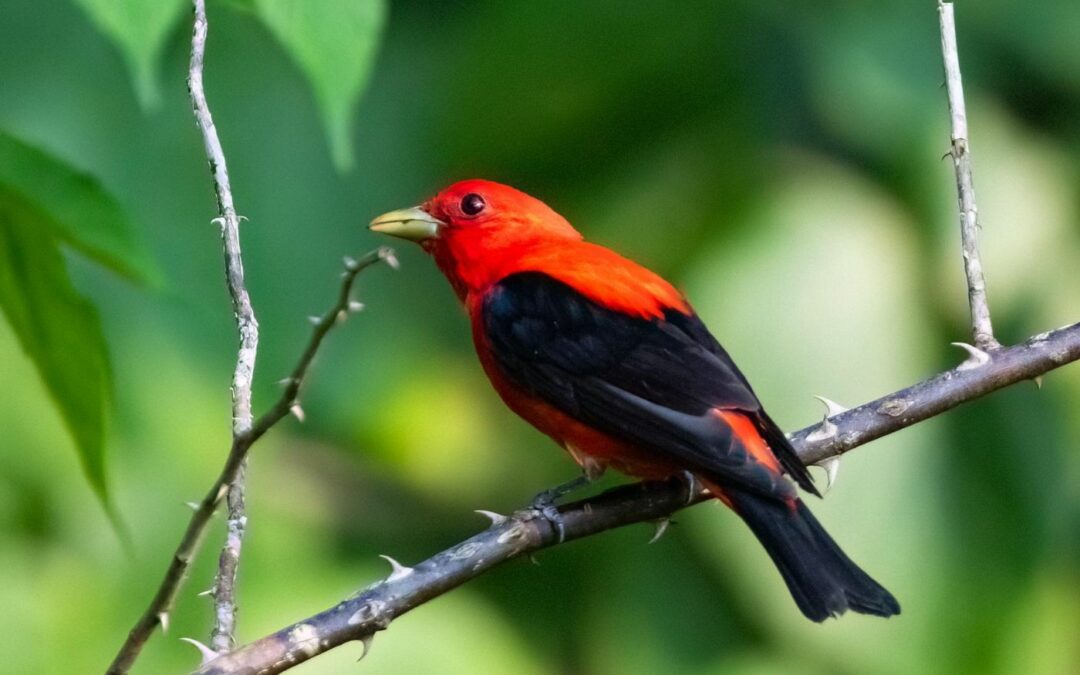The Blowing Rock area is an ideal spot for birding. Whether you’re brand new, or a seasoned veteran, there are birds to be spotted all over the High Country of North Carolina. To help educate us on why this area is so great for birding, and to guide us on how to get started, we reached out to Jesse Pope, President and Executive Director of Grandfather Mountain Stewardship Foundation, Inc. and avid birder.
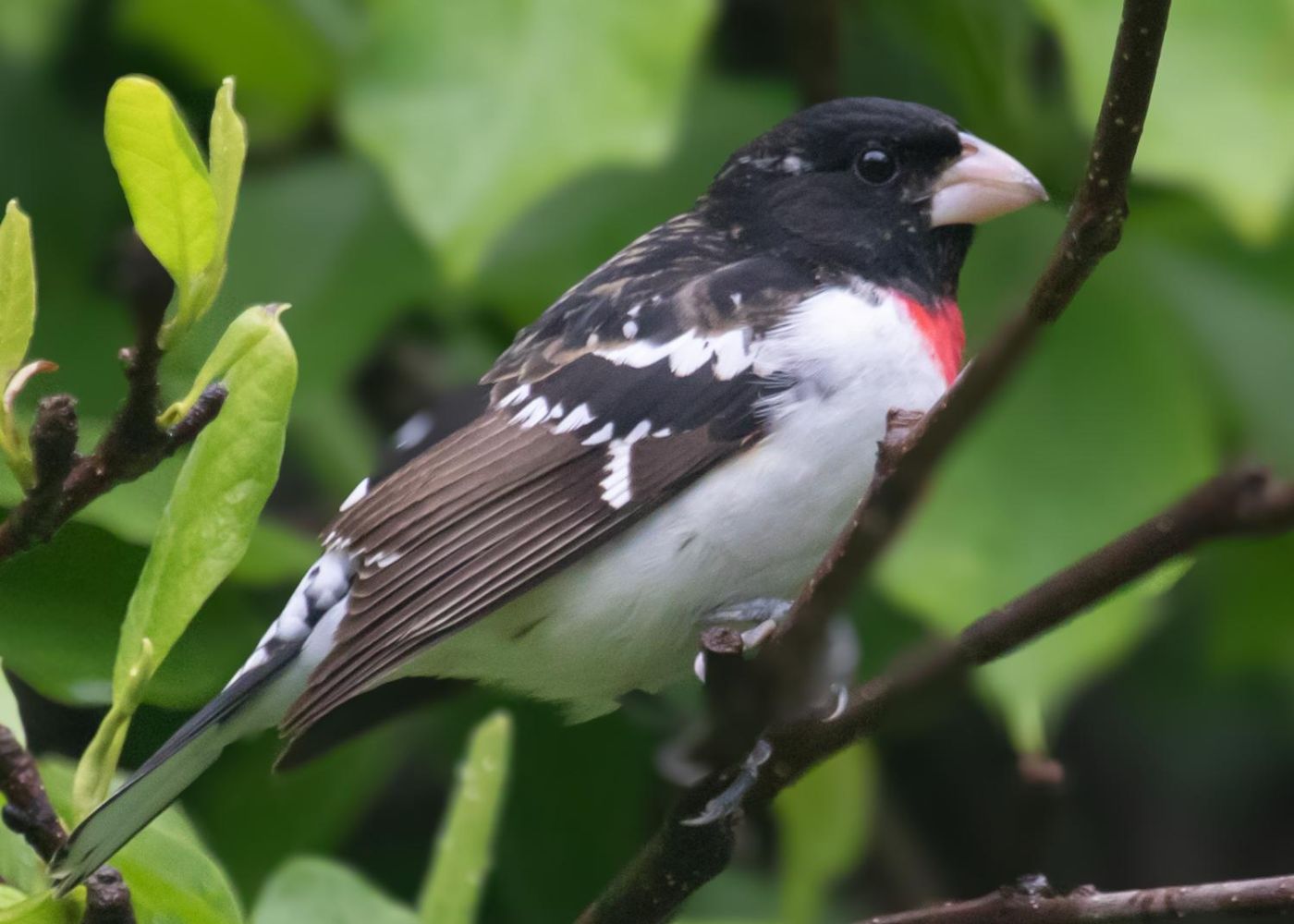
This area is important for both native and migratory birds, and that makes it a great spot for birding. “The High Country of Western North Carolina is one of North Carolina’s premier birding destinations. Our rich biodiversity and unique high elevations provide critical habitat for some of the world’s most critically imperiled bird species,” says Pope. He also pointed out the importance of the Blue Ridge Escarpment, where the edge of the Appalachian Mountains swiftly descends into the Piedmont. Pope explains, “A hike from the base of the escarpment, near Lenoir, to the summit of Grandfather Mountain mirrors the life zones one would experience driving from Atlanta to Maine. This variety of climates and habitats provides ideal stopover conditions for migratory birds.”
Since this area has so many unique and endangered species, it draws birders of all stripes. “Watauga and Avery Counties offer pristine nesting habitats for species such as the Golden-winged Warblers, Magnolia Warblers, Black-billed Cuckoos, Cerulean Warblers, and Vesper Sparrows, to name just a few,” said Pope. These are native birds that nest in the area. However, we are a critical stopover for migratory birds as well. Pope extrapolated, “Many neotropical migrants, such as Canada Warblers, Blackburnian Warblers, Hermit Thrushes, Rose-breasted Grosbeaks, and Scarlet Tanagers, frequent our area. Additionally, we host one of the few Peregrine Falcon nesting sites found in North Carolina.” It’s no wonder birders travel here to experience these species!
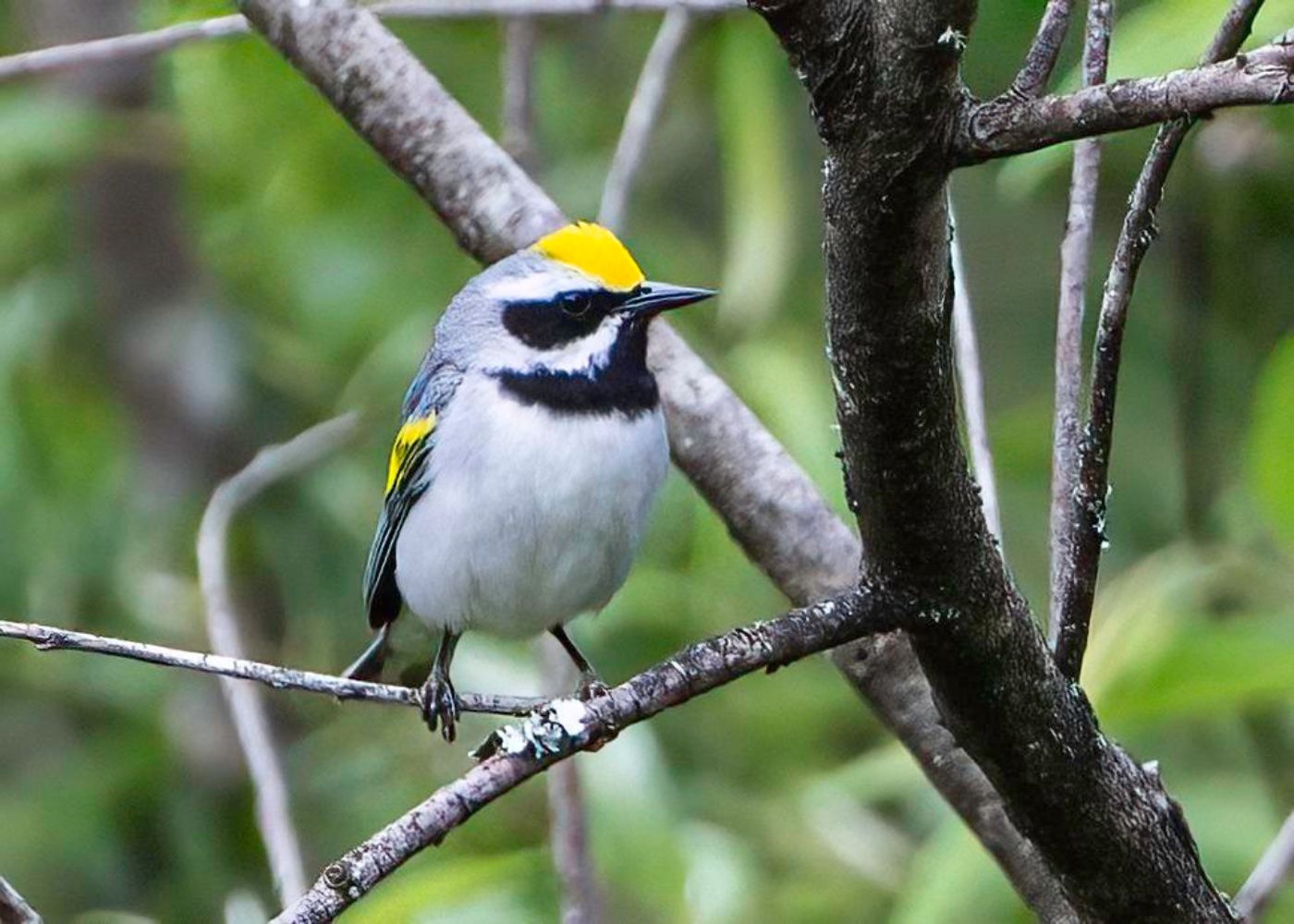
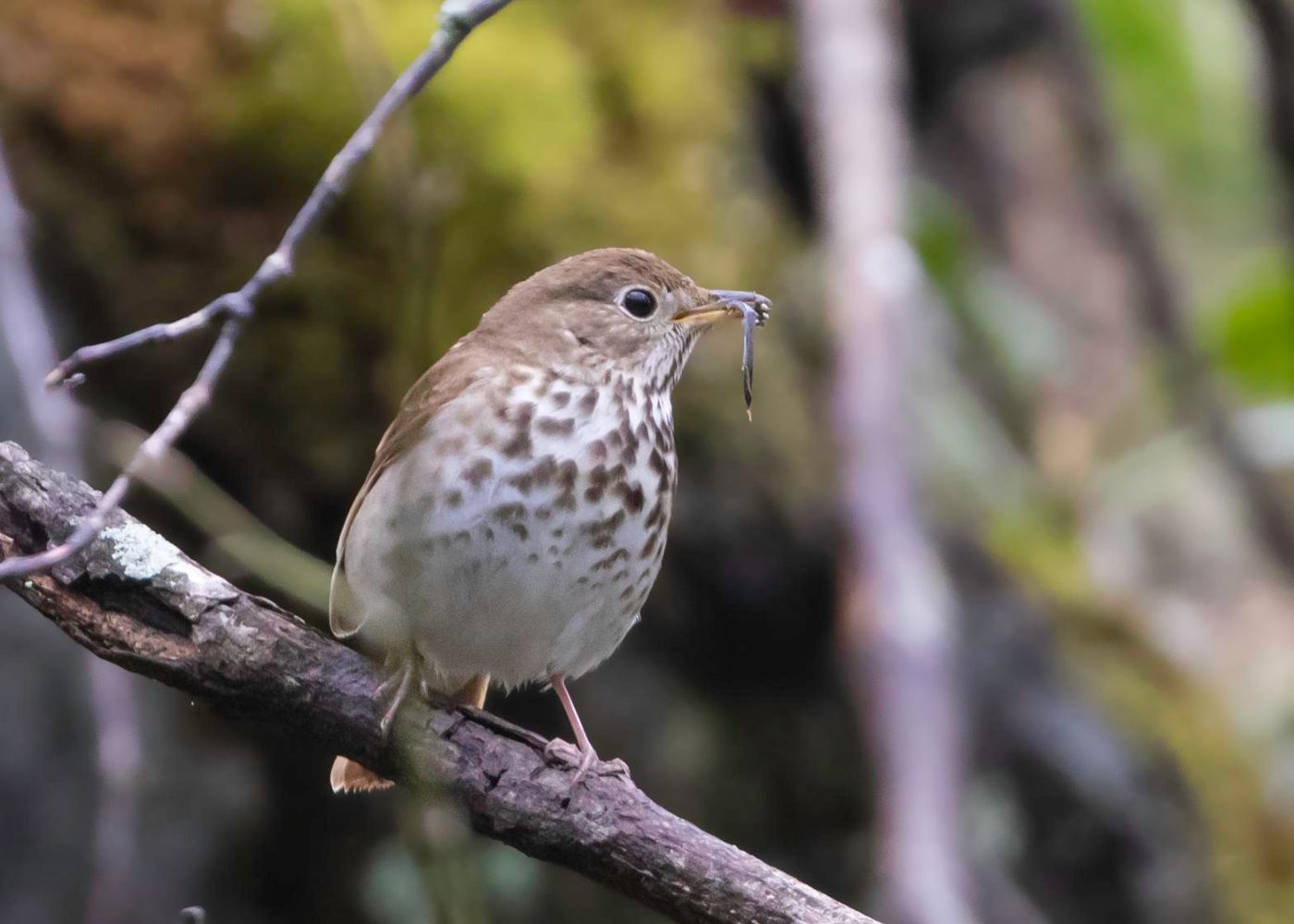
Starting out as a birder is relatively easy and popular as birds can be found everywhere. “Whether in local parks, greenways, or even your backyard, it’s easy to start birdwatching, yet it offers a lifetime of learning and challenges,” explains Pope. He also goes on to explain that birders keep life lists that detail what birds they saw and where as well as local lists. “Seeing a new species, a life bird, is very fulfilling even for a novice birder,” says Pope. He also suggests doing a little bit of research on birding hotspots before you go out because birds nest on both public and private lands.
If you think birding is for you, there are a few things that can help you get started. We asked Pope what he thinks novice birders should know. “If you’re keen on birding, consider investing in a pair of binoculars—even an inexpensive introductory pair can greatly enhance your bird-watching experience. Utilize resources like the iBird and Merlin Bird ID apps from the Cornell Lab of Ornithology. eBird is another excellent platform where you can view local bird sightings and contribute your own findings, connecting with local birding communities, says Pope” He also suggests getting involved in local birding communities, “Reach out to organizations like the High Country Audubon Society for local bird walks and birding trips led by experts familiar with local birds and hotspots. Joining bird watching activities is a fun way to connect with a community of enthusiasts who enjoy the outdoors.”

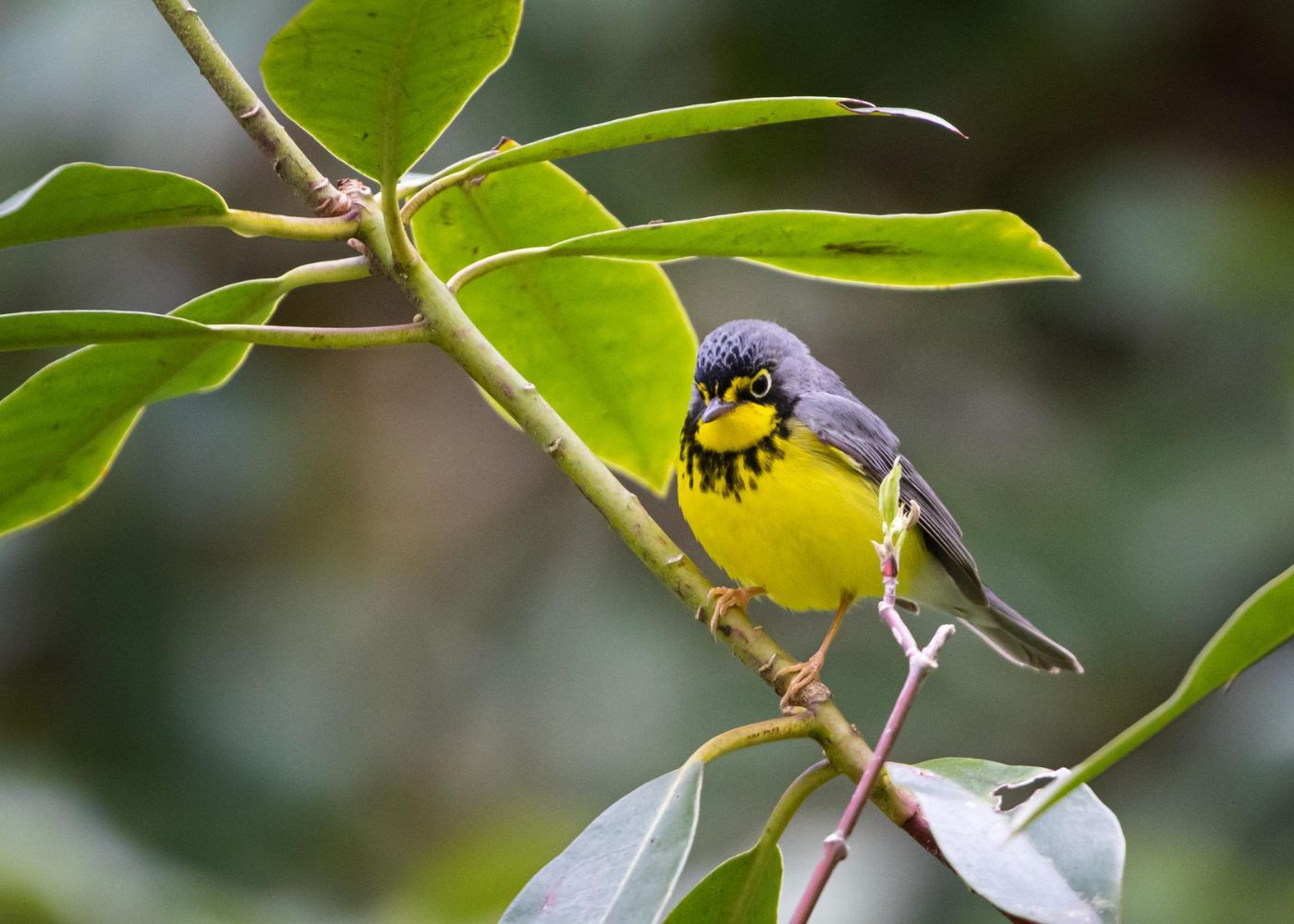
His top tip? “The best advice for new birders is to go birding with experienced birders. It’s the most effective way to learn the tips and tricks for finding and properly identifying birds.”
We couldn’t agree more, and are excited to start birding here in Blowing Rock right away! Maybe we’ll see you out there.
Images taken and generously provided by Judi Sawyer, GMSF.
For more on Birding in Blowing Rock, CLICK HERE!

